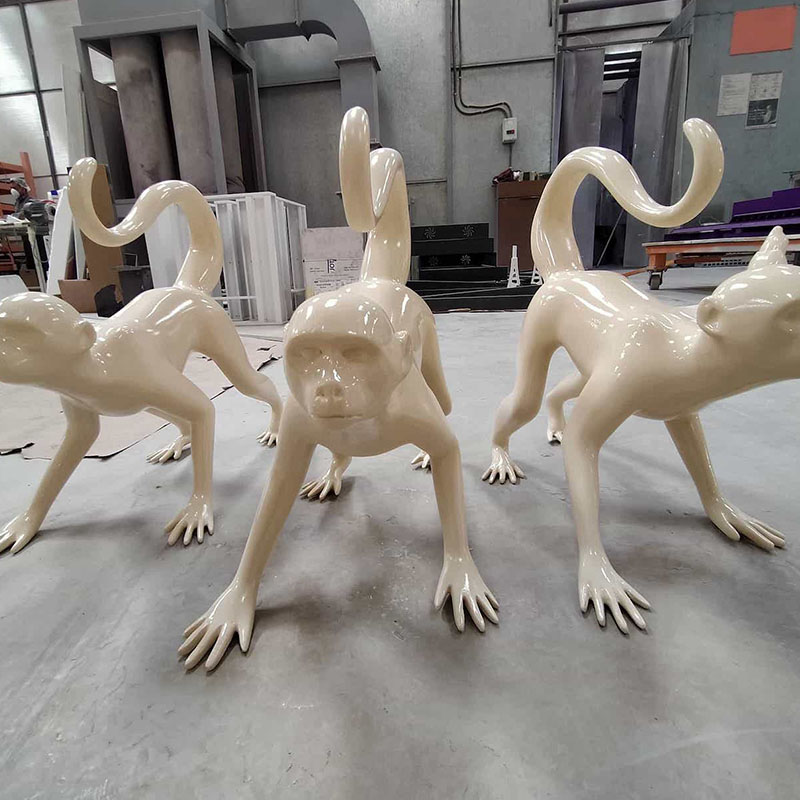The world of manufacturing and design is undergoing a transformative revolution, and at the heart of this paradigm shift is 3D printing. This revolutionary technology has rapidly evolved from a niche concept to a mainstream tool, with profound implications for various industries. However, if you are interested investing in this technology, you must go through the following details. See over here to find reliable 3D printing services Dubai.
Democratizing manufacturing:
One of the most significant aspects of 3D printing is its ability to democratize manufacturing. Traditional manufacturing processes often involve substantial setup costs, complex tooling, and large-scale production runs. 3D printing, on the other hand, allows for cost-effective production of prototypes and small batches. This accessibility is lowering barriers to entry for entrepreneurs, inventors, and small businesses, enabling them to turn their ideas into tangible products.
Design freedom:
3D printing offers unparalleled design freedom. It allows engineers and designers to create intricate, complex shapes that were once impossible to manufacture with traditional methods. This freedom is a game-changer for industries like aerospace and healthcare, where lightweight and customized components can greatly improve performance and patient outcomes.
Healthcare revolution:
The healthcare sector is experiencing a profound transformation through 3D printing. Custom implants, prosthetics, and anatomical models are becoming common applications. Surgeons can now practice complex procedures on accurate 3D-printed models, leading to improved patient safety and outcomes. The potential for bioprinting human tissues and organs also holds promise for addressing the organ shortage crisis.
Sustainability and reduced waste:
Traditional manufacturing processes generate a considerable amount of waste through subtractive methods. 3D printing, in contrast, is an additive process, where material is deposited layer by layer. This means reduced waste, making it an eco-friendly option. Furthermore, using recycled materials in 3D printing contributes to sustainable practices.
Supply chain optimization:
3D printing has the potential to disrupt traditional supply chain models. With the ability to produce products on-site, on-demand, and with minimal transportation costs, it can reduce lead times and inventory overhead. This is particularly advantageous for industries requiring rapid prototyping and customization.
Educational advancements:
The accessibility of 3D printing technology is changing the way students and professionals learn about design and manufacturing. Schools and universities are incorporating 3D printing into their curricula, allowing students to gain practical experience in prototyping and product development.
